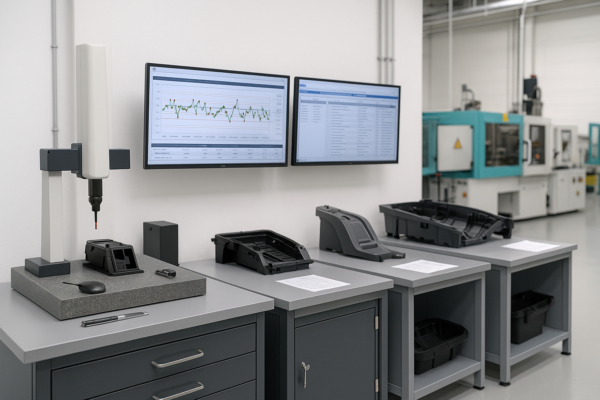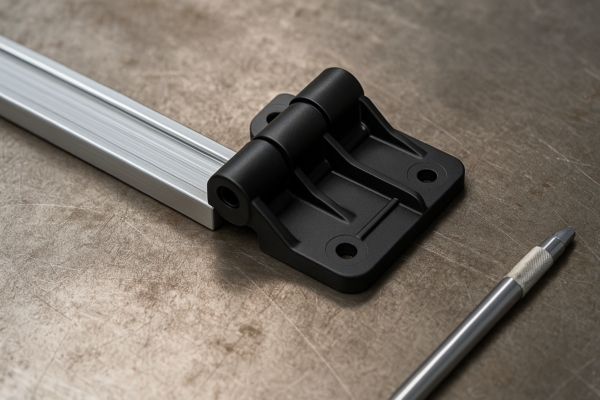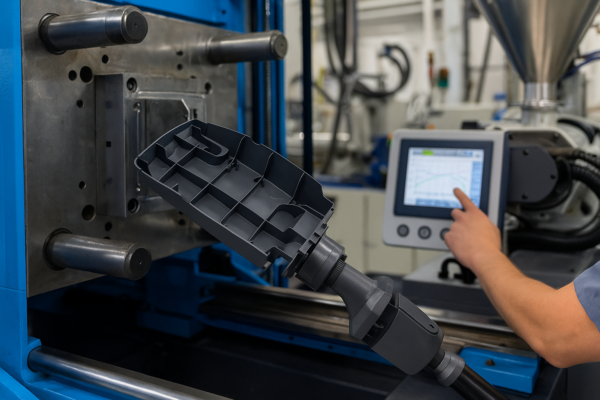What is Heliarc Welding?

Heliarc welding, also known as TIG welding or Gas Tungsten Arc Welding (GTAW), is one of the most precise welding methods available today. It is known for its ability to create clean, high-quality welds in a variety of materials. But what exactly is Heliarc welding, and why is it so highly regarded in the industry? Let’s take a closer look at this technique and explore some common questions surrounding it.
Snippet paragraph: Heliarc welding, or TIG welding, uses a non-consumable tungsten electrode and an inert gas to produce high-quality, precise welds on thin materials.
Transition paragraph: To fully understand Heliarc welding, we need to break down the process, the gases involved, and how it compares to other welding methods.
What gas is used for Heliarc welding?
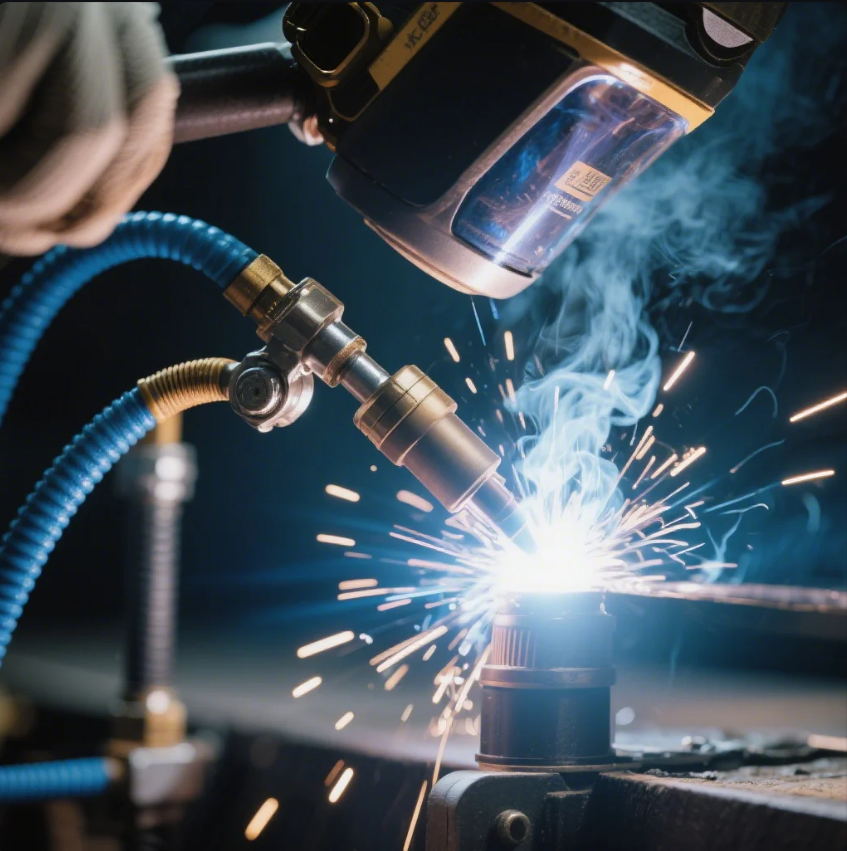
In Heliarc welding (TIG welding), the most commonly used shielding gas is argon, which is an inert gas that helps protect the weld area from contamination. However, in some cases, a mix of argon and helium may also be used, especially when welding thicker materials or when higher heat is needed.
Why Argon is the Preferred Gas
- Inertness: Argon does not react with the molten metal or the tungsten electrode, making it ideal for protecting the weld pool from contamination. This is especially important when working with materials like aluminum or stainless steel.
- Heat Control: The use of argon helps control the heat around the weld area, reducing the likelihood of overheating or warping the material.
| Gas Type | Description | Common Use |
|---|---|---|
| Argon | Inert gas that prevents oxidation and contamination. | Common for TIG welding of aluminum, stainless steel. |
| Helium | Inert gas with higher thermal conductivity, used for deeper penetration. | Often used in conjunction with argon for thicker materials. |
In many cases, pure argon is used for general welding purposes, but mixing in helium can improve the penetration and speed of the welding process for heavier materials.
What is the meaning of Heliarc welding?
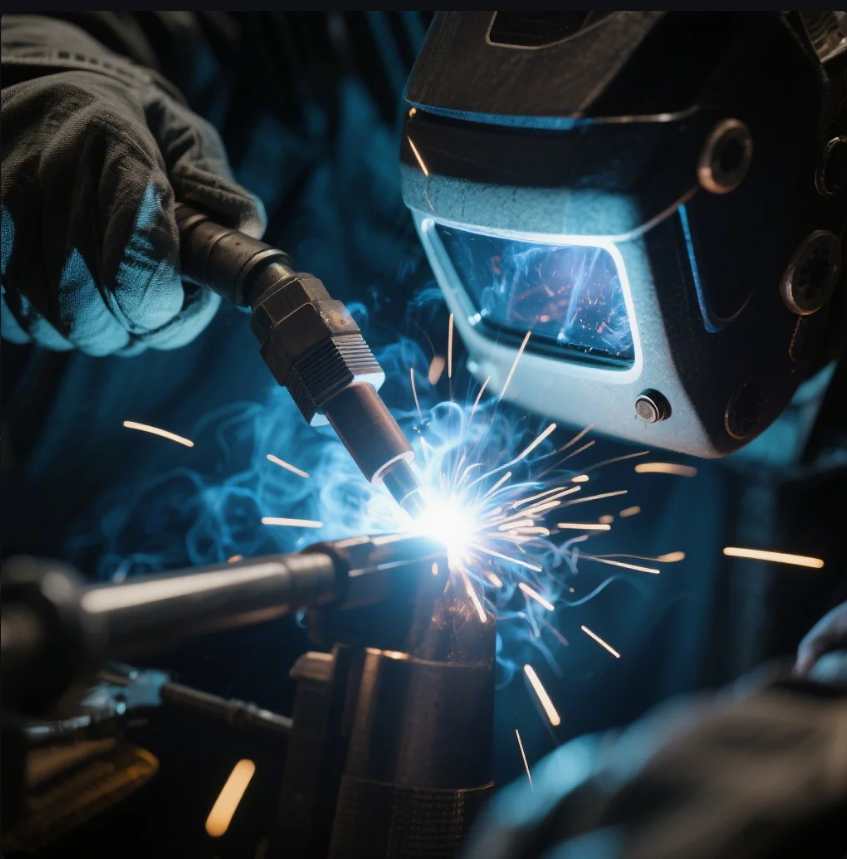
Heliarc welding is a trade name for TIG welding (Gas Tungsten Arc Welding, GTAW), a process that uses a non-consumable tungsten electrode to create an arc that melts the base material and filler metal. The process is known for its precision and ability to weld a wide range of materials, including thin metals.
Origins of the Name "Heliarc"
The term Heliarc originated from the combination of "helium" and "arc," referring to the early use of helium gas in the process. Although helium is now used less frequently than argon, the name stuck and is still used by some to refer to TIG welding in general.
Heliarc welding is primarily used in industries where precision and cleanliness are essential, such as in aerospace, automotive, and medical device manufacturing.
| Key Aspect | Description |
|---|---|
| Electrode Type | Non-consumable tungsten electrode. |
| Gas Used | Inert gases like argon or a mixture of argon and helium. |
| Applications | High-precision welding of materials like stainless steel, aluminum, and titanium. |
Is arc welding stronger than TIG welding?

Both arc welding (such as SMAW, or Stick welding) and TIG welding (Heliarc) are strong methods for creating welds, but the strength of a weld depends on many factors, including the materials being welded, the welder’s skill, and the welding parameters.
Comparing Arc Welding to TIG Welding
- TIG Welding (Heliarc) is generally known for producing stronger, cleaner, and more precise welds. Since it uses a non-consumable electrode and a controlled environment (shielding gas), it can produce high-quality welds with minimal defects, making it ideal for thin materials and applications where strength and appearance matter.
- Arc Welding (SMAW) tends to create stronger welds in heavy-duty applications because of the higher heat output, but it’s less precise than TIG welding. It can be harder to control, and it often results in more post-weld cleanup due to slag.
| Welding Type | Strength | Precision | Cleanup |
|---|---|---|---|
| TIG Welding | High strength, ideal for precision applications. | Very precise, minimal defects. | Minimal, but requires careful attention. |
| Arc Welding | Stronger in heavy-duty applications. | Less precise, can have more defects. | More extensive, due to slag and spatter. |
In general, TIG welding is considered superior for precision and aesthetic welds, but arc welding can be more suitable for thicker materials and heavy-duty applications.
What is the difference between GTAW and laser welding?
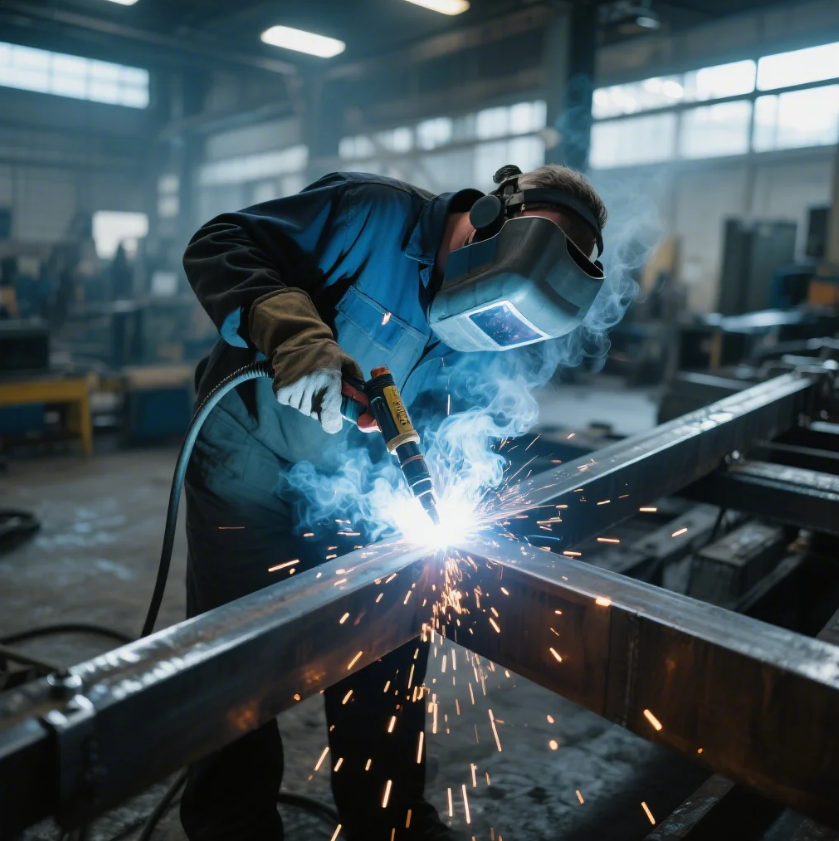
GTAW (Gas Tungsten Arc Welding), also known as TIG welding or Heliarc welding, and laser welding are both precision welding techniques, but they differ greatly in their approach and application.
Key Differences Between GTAW and Laser Welding:
-
Heat Source:
- GTAW uses a tungsten electrode to create an arc, which heats the workpiece. The heat is more localized and controlled.
- Laser Welding uses a focused laser beam to melt the workpieces, which can penetrate deep into materials with less heat input.
-
Speed and Efficiency:
- Laser welding is typically faster and can be automated for mass production. It also has the ability to weld thicker materials more quickly.
- GTAW is slower but more precise, making it ideal for small, high-quality welds.
-
Material Suitability:
- Laser welding is excellent for fine, intricate welds and is often used in the electronics, medical device, and automotive industries.
- GTAW is more versatile and can be used on a variety of materials, including aluminum, stainless steel, and titanium.
| Welding Type | Heat Source | Speed and Efficiency | Best Applications |
|---|---|---|---|
| GTAW (Heliarc) | Tungsten arc | Slower, precise | Aerospace, thin materials, high-precision work |
| Laser Welding | Focused laser beam | Faster, automated | Electronics, medical, automotive, and fine welds |
While GTAW is ideal for intricate and precise welding tasks, laser welding shines in high-speed, high-volume environments where automation is key.
Conclusion
Heliarc welding, or TIG welding, offers unmatched precision and quality, making it ideal for a variety of applications that require clean, strong welds. Whether you need to weld thin materials or highly specialized parts, Heliarc welding provides a reliable and efficient solution. For your next project, if you need high-quality welded components or expert advice, Prime is ready to assist you with fast delivery and top-tier products.
Contact Prime today to get a customized welding solution for your needs, and experience the difference in quality and service.



